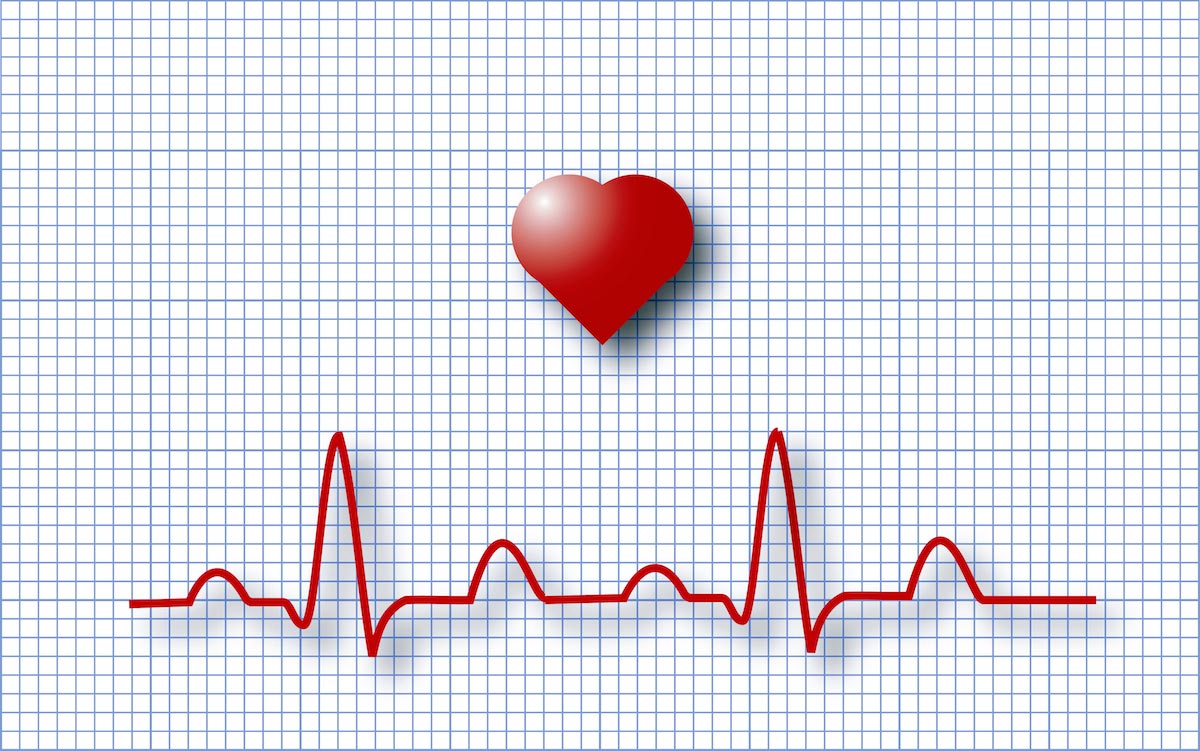Doctors demand improved heart emergency guidelines on planes, propose recommendations
06/19/2017 / By Frances Bloomfield

If you ever have a heart attack on an airplane, it may very well be your last trip. Cardiac arrest is responsible for 86 percent of in-flight events resulting in death, despite it accounting for only 0.3 percent of in-flight emergencies. According to the task force lead by Professor Jochen Hinkelbein, this is because the majority of airlines are ill-equipped to handle in-flight cardiac arrests. As a solution, Hinkelbein and his team have proposed making new guidelines and more medical equipment absolutely necessary for all airplanes.
As there are no existing guidelines for in-flight cardiac arrest (IFCA), Hinkelbein’s team has developed a number of recommendations based on clinical and investigatory research. These were presented at the Euroanaesthesia 2017 meeting in Geneva, and included:
- Pre-flight safety announcements should mention the emergency equipment provided and their location in the plane.
- All planes need to have an electrocardiogram (ECG) and automated external defibrillators (AED).
- The crew should be regularly trained in basic life support, with a focus on CPR in aircraft.
- After the patient undergoing cardiac arrest has been identified, the crew should request help as soon as possible through an on-board announcement. The announcement should state that there has been a cardiac arrest, as well as state the location of the equipment.
- Two-person CPR is the optimum practice and should be performed if possible.
- If the patient has a return of spontaneous circulation, the craft should be diverted immediately.
“This is a initial guideline providing specific diagnosis recommendations for in-flight medical emergencies during blurb atmosphere travel,” Hinkelbein told the BBC.com. “This is of major importance to recommend proper actions and procedures since the airplane environment as well as equipment will be significantly different to what can be provided for medical emergencies on the ground.” (Related: Why are commercial airline pilots suddenly passing out or dying at the wheel?)
In order to raise awareness of the guidelines, Hinkelbein and his team will be contacting individual airlines and requesting that they incorporate the guidelines into their emergency procedures.
The chances of a passenger experiencing an acute medical problem can range anywhere between one to 14,000 to one to 50,000, reported EurekaAlert.org.
The most recent case was that of a 57-year old woman suffering a cardiac incident on a flight from Las Vegas, which occurred on May 23, 2017. Fortunately for the woman, a professional nurse was on-board at the time and was able to resuscitate the woman with the plane defibrillator. The most infamous case of cardiac arrest on a flight is that of Carrie Fisher. Then then-60-year-old actress suffered a fatal heart attack on a plane from London to Los Angeles on December 23 of last year. Fisher was rushed to the Ronald Reagan UCLA Medical Center, where she died four days later on December 27. According to witnesses on the plane, Fisher stopped breathing for more than ten minutes.
Visit MindBodyScience.news for other stories about health.
Fast facts on cardiac arrest
- Cardiac arrest is an “electrical” problem of the heart and happens when the heart malfunctions and stops beating. Because the pumping action has been disrupted, the heart cannot pump blood into brain and other organs.
- Heart attack is a common cause of cardiac arrest, although not all heart attacks lead to it.
- Cardiac arrest is reversible if the victim is treated within minutes. If two people are available to assist the patient, one should perform CPR while the contact 9-1-1 and finds an AED.
Sources include:
Tagged Under: Airplanes, Cardiac Arrest, health, plane safety




















